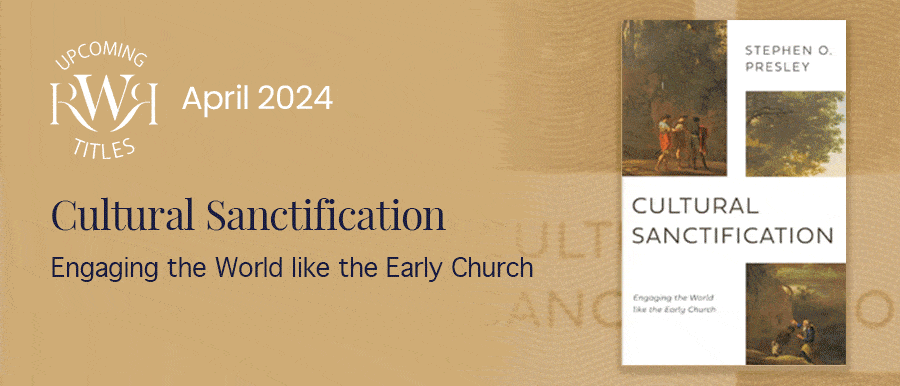Who exactly was St. Thomas Aquinas? Other than perhaps St. Augustine of Hippo (354–430), he is the most influential theologian and philosopher in the history of the Christian faith, and one of the most important thinkers in the history of philosophy. In addition to his two most important works, the eight-hundred page Summa contra gentiles (written between 1259 and 1265) and the three-thousand-page Summa theologica (written between 1265 and 1274, though never completed), Aquinas authored scores of treatises and commentaries on a wide range of topics including the philosophy of nature, metaphysics, the human soul, the nature of truth, Aristotle’s Nicomachean Ethics, The Sentences by Peter Lombard (1100–1160), and the Bible.
He was born around 1225 into an aristocratic family in Roccasecca, a city near Aquino on the Italian peninsula about halfway between Rome and Naples. In 1231, when he was five or six years old, his parents placed him in the Benedictine abbey in Monte Cassino, where he was educated and introduced to the monastic life. Eight years later Thomas was sent to study at the University of Naples, a secular institution founded by Frederick II, the emperor to whom Aquinas’ family was in service. It was there—in the hustle and bustle of that seaport metropolis—that Thomas realized that he was not cut out for monastic life, though he still wanted to study and teach and serve the Lord. He found himself drawn to a new order of priests, the Dominicans, named after its founder, St. Dominic Guzman (1170–1221). Like the members of another order that was new at the time, the Franciscans, the Dominicans take a vow of poverty and work among the people in urban centers. Both orders are typically called mendicant orders, because they rely on begging for financial support. (“Mendicant” simply means “beggar.”) Also known as the “Order of Preachers,” the Dominicans are committed to teaching and expounding the faith in the rough and tumble of city life.
Thomas’ family was not too pleased with his choice to become a Dominican. In 1244, shortly after Thomas had joined the order, his mother, Theodora, attempted to visit him in Naples to try to change his mind, but he had already departed by the time she arrived. But this did not deter his family. Thomas was soon detained and captured just north of Rome by a coterie headed by his brother, Rinaldo. Holding him in the family castle under what was tantamount to house arrest, his family released him after about a year when they realized that their deprogramming efforts had failed. They had hoped that he would become a Benedictine abbot, following in the footsteps of his uncle. But Aquinas would not budge. After being freed, he returned to Naples for a short time and went on from there for further training in Paris, and then to Cologne for four years (1248–1252) to study under and work with Albert the Great (1200–1280), perhaps the leading expositor of Aristotle (384–322 BC) in the Latin Church at the time. Albert’s project to appropriate the insights of Aristotle into Christian thought was picked up by his prized pupil, Thomas, who would, in a sense, finish the job that had been initiated by his great teacher.
In or around 1252 he went to Paris, where he served as baccalaureate commentator (a kind of lecturer) on Scripture and Lombard’s Sentences, which was the standard theological text of the day. (One could say it was the summa before the Summa). Prior to finishing his voluminous commentary on The Sentences—equivalent to a doctoral dissertation in the present day—Thomas was appointed in 1256 as a master of theology (which would be like becoming a full professor in our time). He stayed in Paris in his new appointment until 1259. During these Parisian years, he would not only write his commentary on Lombard’s Sentences, but he would also begin work on the Summa contra gentiles and complete several other texts including De ente essentia (On being and essence) and his commentary on De trinitate (On the Trinity) by Boethius (477–524).
Over the next decade and a half, he would work in various capacities, including administrative posts for the Dominican order, teaching assignments, and service to the Church as an adviser. These duties took Thomas to diverse locales throughout Europe, including Naples, Rome, Viterbo, and Orvieto in Italy, and Paris. And yet his prodigious scholarship did not let up. Among the many writings he produced, completed, or began working on during this period are the Summa contra gentiles, Summa theologica, Quaestiones disputatae de malo (Disputed questions on evil), De regno (On kingship), commentaries on several works by Aristotle, and biblical commentaries on Isaiah, Job, Jeremiah, and St. Paul’s epistles.
On December 6, 1273, he abruptly stopped writing after having a profound mystical experience. As he told Brother Reginald of Piperno, his devoted secretary, “I cannot do anymore. Everything I have written seems to me as straw in comparison to what I have seen.” Thomas died three months later, on March 7, 1274, while on his way to the Council of Lyons at the behest of Pope Gregory X. After suffering a head injury as a result of hitting his head on a tree branch, his health declined quickly, and he succumbed to death at the Fossanova Abbey, where he had requested to be taken when he realized that his demise was imminent. “If the Lord is coming for me, I had better be found in a religious house than in a castle.”
In the aftermath of the Protestant Reformation, Aquinas is often portrayed as a mere sectarian Catholic thinker, which suggests that his work, however influential it has been in shaping the theological trajectory of the Church of Rome, should carry little if any weight among non-Catholic Christians. It is a judgment, I am happy to report, that is not shared by a wide range of non-Catholic philosophers and theologians, including [Alvin] Plantinga, John Milbank, Arvin Vos, J. P. Moreland, Norman Kretzmann (1928–1998), David Bentley Hart, Eric Mascal (1905–1993), R. C. Sproul (1939–2017), Catherine Pickstock, James E. Dolezal, Carl Trueman, Charles Raith II, and a host of others. I suspect that the reason for this non-Catholic consensus is the increasing recognition that the fundamental point of Aquinas’ ambitious lifelong project was to answer that seemingly simple question he often asked as a young boy—“what is God?” —within the confines of a theological tradition that he inherited from his predecessors, a tradition to which non-Catholic Christians have as much claim as their Latin church brethren. As Protestant scholars Manfred Svensson and David VanDrunen note, “Beside ecumenism in the strict sense, we find something which is not wholly unrelated and yet distinct: the fact that Protestants and Roman Catholics face many similar intellectual challenges, and that at least some of these challenges can be faced together while relying on their common tradition.”
Aquinas answers the question “what is God?” not only by trying to understand and describe the divine nature, but also by providing a metaphysical account of all that which has God as its ultimate source: the created order including those rational animals who are made in his image. Because our natural knowledge of God, however inchoate, arises from what we know about creation, answering the question “what is God?” requires, as a first step, an investigation into the nature of the beings that we encounter in the natural world. Aside from recognizing the existence of a Creator, the most important thing that we discover, writes Thomas, is that the human longing for our ultimate end—“beatitude,” as it is often called—cannot be consummated by anything in the natural world, including human nature itself. It requires that the God that we may indirectly encounter through natural reason by way of the created order specially reveal to human beings both the cause of our fallenness and the means of grace that will help us to be “conformed to the image of his Son” (Rom 8:29) so that we may be made worthy to live eternally with God as we were designed to do (though incapable of achieving without his perpetual divine cooperation).
This story—of creation, fall, and redemption—and the tradition developed out of it, belongs to all Christians, not only Catholics. For this reason, Aquinas, who was living and writing within that tradition nearly three centuries before the fragmentation of Western Christianity at the Reformation, belongs to all Christians as well. It is my hope that through this small book I can convince a few doting (and even peeping and doubting) Thomists that the work of the Angelic Doctor, when properly understood, can provide real insight and help us to clarify some important issues over which many Christians have been divided since those fateful days in the sixteenth century.


